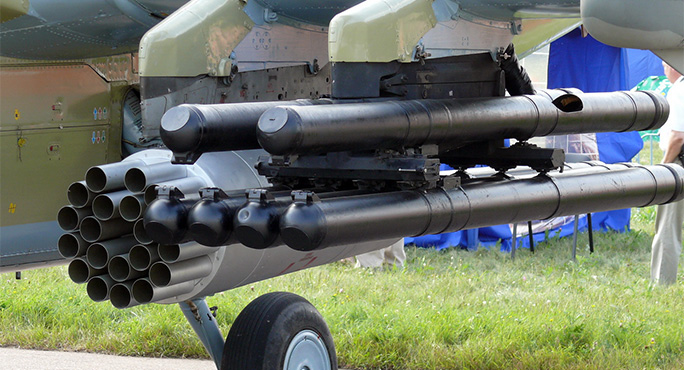Why have Russian Ka-52 "Alligator" helicopters failed in Ukraine?
Many Russian Ka-52 "Alligator" helicopters are shot down over Ukraine. That helicopter should be the competition for the AH-64 Apache and other Western military helicopters. But big losses in Ukraine caused a re-estimation of the use of that helicopter.
One reason for those losses is that the Ka-52 is a very common combat helicopter in Russian forces. One of the reasons why Ka-52 turned into a flop can be that their crews were not trained as they should. And a lack of training causes those losses.
But one of the biggest reasons for Alligator failure can be attributed to a lack of trusted "fire and forget" weapons. If Ka-52 uses rockets aiming at those weapons takes longer time and forces the helicopter to fly straight ahead. The reason why Ka-52 was successful in Syria was there was no heavy AA or lightweight smart missiles. The Ka-52 could hover outside the enemy fire and use its firepower.
The regular anti-tank missile that is used in those Ka-52 helicopters uses semi-active laser homing. The pilot or gunner sees the target and locks the laser on it. And then the anti-tank weapon called "9K121 Vikhr" rides to the target with that laser.
The system should be immune to countermeasures, but the weakness is that the helicopter cannot move at all, at least horizontally. The laser system requires a gyroscopic system that keeps it aimed at the target. Without that system the helicopter is vulnerable.
Or the missile loses contact with the laser ray. Or if the pilot makes some maneuver, the laser ray turns away from the target. If the helicopter hovers in a stable position for about 10–60 seconds, that makes it a good target for any AA system. Because aircraft that use semi-active radar-homing missiles cannot make escape and evasion movements before the missile hits the target, they are vulnerable.
 |
| Ka-52 c. 2015 |
Vikhr missile transport and launching tubes (Wikipedia/9K121 Vikhr)
There is an investigation into the possibility of using semi-active laser homing in Western helicopters. In those applications, the helicopter cooperates with quadcopters or some other drones.
The laser in the helicopter marks a point for the quadcopter that points a laser spot on the target. Then helicopters shoot missiles that can use the quadcopter's laser spot to aim themselves at targets. Or in some other versions, the helicopter drops a quadcopter at the same moment as a missile.
And the missile rides on the laser beam that was shot from the remote-controlled quadcopter. That kind of system gives old-fashioned systems their trusted fire-and-forget ability. In some visions, old-fashioned wire-guided missiles can cooperate with drones like quadcopters. In that system, those control wires will be installed under the quadcopter.
Then the operator of that weapon can use a quadcopter as a launch platform. Another operator can control the flight of that missile by giving it a control signal through the quadcopter. So the remotely controlled unit of wire-guided missiles that is installed below the quadcopter can give that old-fashioned weapon fire-and-forget ability.
The image-based fire-and-forget ability makes the Javelin missiles superior. Because Javelin uses a modified face recognition system (AI-based IIR, or imaging infrared), that missile is hard to jam. Image-homing missiles are hard to jam by using flares.
But optical AI-based image-homing systems have replaced those laser systems. Those systems are used in the Javelin and Maverick missiles. Also, guided bombs can use this type of target designator. In those systems, lasers mark the target for missiles. And when a helicopter shoots a target, it can start to make counter maneuvers against missiles and other hostile fire.
https://www.businessinsider.com/ukraine-destroying-russia-ka-52-helicopters-mobile-artillery-expert-2023-8?r=US&IR=T
https://defence-blog.com/ukrainian-forces-shoot-down-russian-ka-52-attack-helicopter-2/
https://en.wikipedia.org/wiki/9K121_Vikhr





No comments:
Post a Comment
Note: Only a member of this blog may post a comment.